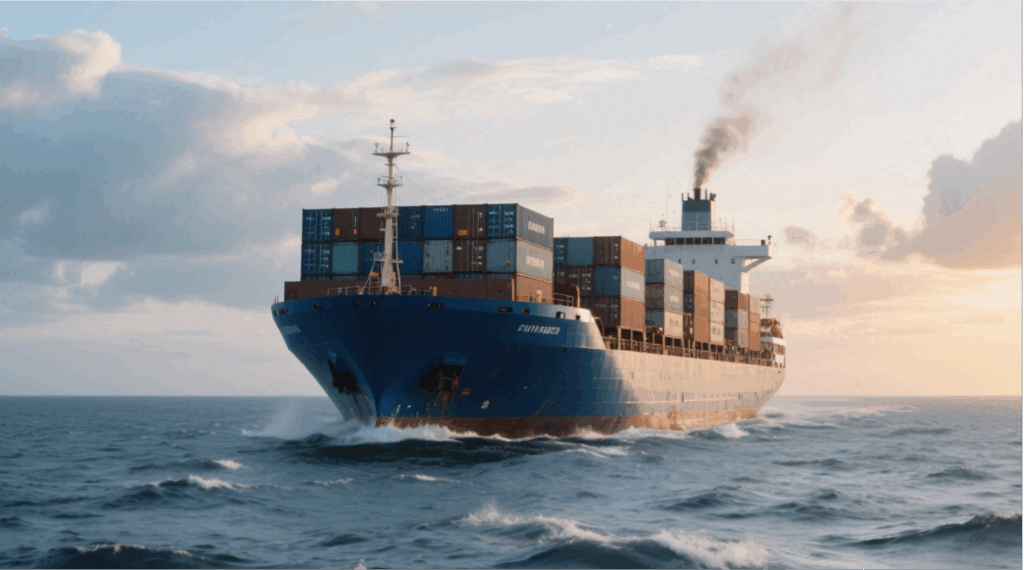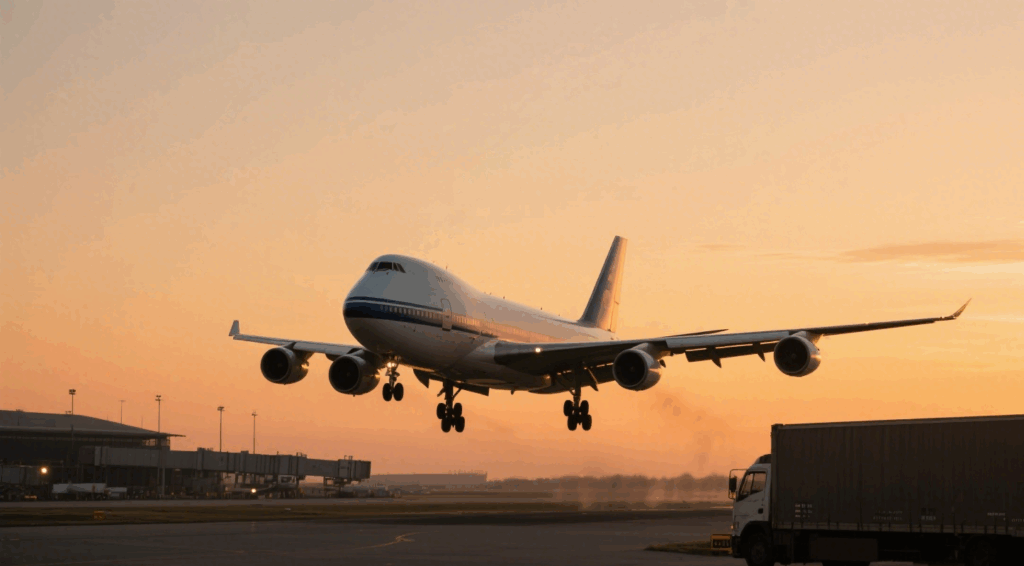Global trade depends heavily on Chinese exports, but importers often ask: how much is freight from China? Costs vary depending on shipping method, cargo size, destination, and customs. Although sea freight is the cheapest option, businesses often balance between cost and speed by choosing air, courier, or multimodal services. This guide explains rates, timelines, documents, and strategies for saving money.
Why Do Freight Costs from China Matter?
Shipping expenses directly influence landed costs, profit margins, and retail prices.
- Budget forecasting depends on accurate freight estimates.
- Competitive pricing relies on managing logistics expenses.
- Customer satisfaction is tied to reliable delivery.
Therefore, understanding freight costs is critical for businesses importing goods from China.
What Factors Influence Freight Costs from China?
Several variables determine shipping charges:
- Mode of transport: Sea vs. air vs. courier.
- Destination port or airport: West Coast USA is cheaper than East Coast.
- Cargo weight and volume: Determines chargeable weight.
- Seasonality: Peak periods like August–November increase rates.
- Customs duties and taxes: Vary by product classification.
Moreover, sudden global events such as port congestion or fuel surcharges can quickly change costs.
Shipping Methods and Their Costs
Freight costs vary widely by method.
Comparison of Shipping Methods
| Mode | Average Cost | Transit Time | Pros | Cons |
|---|---|---|---|---|
| Sea Freight | $2,000–$7,500 per container | 18–40 days | Cheapest, high capacity | Slow, port delays possible |
| Air Freight | $5.00–$8.00 per kg | 3–7 days | Fast, secure | Expensive for heavy goods |
| Rail Freight | $4,000–$7,000 per 40HQ | 15–25 days | Faster than sea, cost-effective | Limited routes to US |
| Courier | $6–$10 per kg | 2–6 days | Convenient for small parcels | High per-unit expense |
As a result, importers must choose depending on urgency and cargo type.
Container Freight Costs from China
Container rates remain the backbone of trade.
Container Pricing (2025 Estimates)
| Route (China → US) | 20GP | 40GP | 40HQ |
|---|---|---|---|
| Shanghai → LALB | $2,200–$2,600 | $3,900–$4,300 | $4,200–$4,600 |
| Ningbo → NYC | $3,600–$4,100 | $6,700–$7,200 | $7,000–$7,500 |
| Shenzhen → Miami | $3,800–$4,400 | $6,900–$7,400 | $7,200–$7,700 |
Accordingly, rates differ by route length and demand conditions.
Real-World Shipping Cases
Case 1: Furniture from Shenzhen to Los Angeles
- Cargo: 2×40HQ containers of furniture
- Mode: Sea freight
- Cost: $9,200
- Transit Time: 19 days
- Result: Saved 60% compared to air freight.
Case 2: Electronics from Shanghai to New York
- Cargo: 1×20GP container of laptops
- Mode: Sea freight
- Cost: $3,800
- Transit Time: 34 days
- Result: Importer relied on warehouse stock to cover delay.
Transit Times for Freight from China
Transit times impact total supply chain efficiency.
Sea Freight Transit Times
| Origin Port (China) | US Destination | Transit Time (Days) |
|---|---|---|
| Shanghai | Los Angeles | 15–18 |
| Ningbo | Oakland | 16–20 |
| Shenzhen (Yantian) | Long Beach | 17–21 |
| Qingdao | New York | 30–35 |
| Shanghai | Houston | 28–32 |
Air Freight Transit Times
| Origin Airport | Destination Airport | Transit Time (Days) |
|---|---|---|
| Shanghai (PVG) | Los Angeles (LAX) | 3–4 |
| Guangzhou (CAN) | New York (JFK) | 4–6 |
| Shenzhen (SZX) | Chicago (ORD) | 4–5 |
Indeed, transit time depends heavily on mode and route.
Customs and Duties Affecting Costs
Correct documentation ensures smooth clearance.
Customs Documents Checklist
| Document | Purpose |
|---|---|
| Bill of Lading / AWB | Proof of shipment |
| Commercial Invoice | Declares product value and details |
| Packing List | Identifies cargo contents |
| HS Code Declaration | Determines tariff rate |
| Importer Number (IRS/EIN) | Needed for clearance |
| Certificate of Origin | Applies for trade agreements |
Furthermore, importers must include accurate HS codes to avoid delays.

How to Reduce Freight Costs from China
Practical strategies include:
- Book early to secure lower rates.
- Consolidate cargo into FCL shipments when possible.
- Negotiate long-term contracts with forwarders.
- Optimize packaging to minimize volumetric charges.
- Use multimodal shipping for balanced cost and time.
On the other hand, last-minute bookings almost always result in higher prices.
Should Importers Use Freight Forwarders?
Yes, freight forwarders provide value through:
- Access to wholesale rates.
- Secured space during peak seasons.
- Customs compliance expertise.
- Multimodal transport solutions.
Therefore, partnering with forwarders helps businesses reduce costs and delays.
Air vs. Sea vs. Rail: Which Is Best?
Each method offers different trade-offs.
Pros and Cons
| Mode | Pros | Cons |
|---|---|---|
| Air Freight | Fastest, secure, reliable | Very expensive for bulky cargo |
| Sea Freight | Cheapest per unit, scalable volume | Long transit times |
| Rail Freight | Faster than sea, eco-friendly | Limited access to US destinations |
To summarize, the choice depends on balancing urgency with budget.
Conclusion
In conclusion, how much is freight from China depends on mode, route, season, and cargo size. Sea freight is the cheapest for bulk, while air freight provides unmatched speed for urgent shipments. Rail and courier services serve specialized needs. By leveraging forwarders, consolidating shipments, and planning early, businesses can lower costs and improve reliability. Ultimately, mastering how much is freight from China ensures strong competitiveness in international trade.
- Consult TJ China Freight Forwarding for the lowest quote. They will provide you with reliable, cost-effective service.
FAQ:
Q1.What is the average cost of sea shipping from China to the USA?
Sea shipping from China to the USA usually costs $2,000–$7,500 per container depending on route, season, and cargo volume.
Q2.How much is freight from China to the USA by air?
Air freight from China to the USA costs $5–$8 per kg, depending on airline, cargo type, and destination airport.
Q3.Can freight forwarders lower how much is freight from China?
Yes, freight forwarders negotiate lower bulk rates and optimize routes, helping reduce how much is freight from China.
Q4.Is multimodal transport a good alternative for importing from China?
Yes, multimodal solutions combine sea and air, costing less than air freight alone while being faster than sea transport.
Q5.What is the difference in cost efficiency between FCL and LCL shipments?
FCL offers lower per-unit costs for large cargo, while LCL is better for smaller loads but carries higher per-cubic-meter rates.





